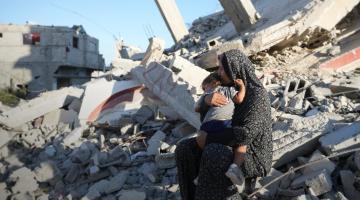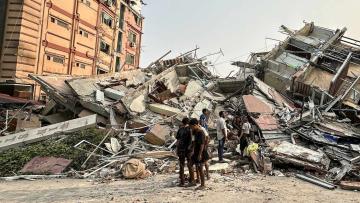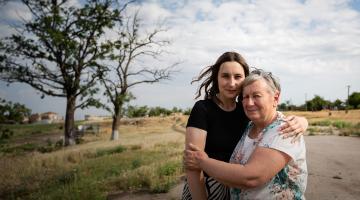
Rains return but life remains precarious in northern Kenya after years of drought
Northern Kenya faces ongoing challenges, as the pattern of East Africa's seasons is no longer a foregone conclusion.
By
Clive Jones, DEC Chair
Northern Kenya faces ongoing challenges, as the pattern of East Africa's seasons is no longer a foregone conclusion.
31 May 2018
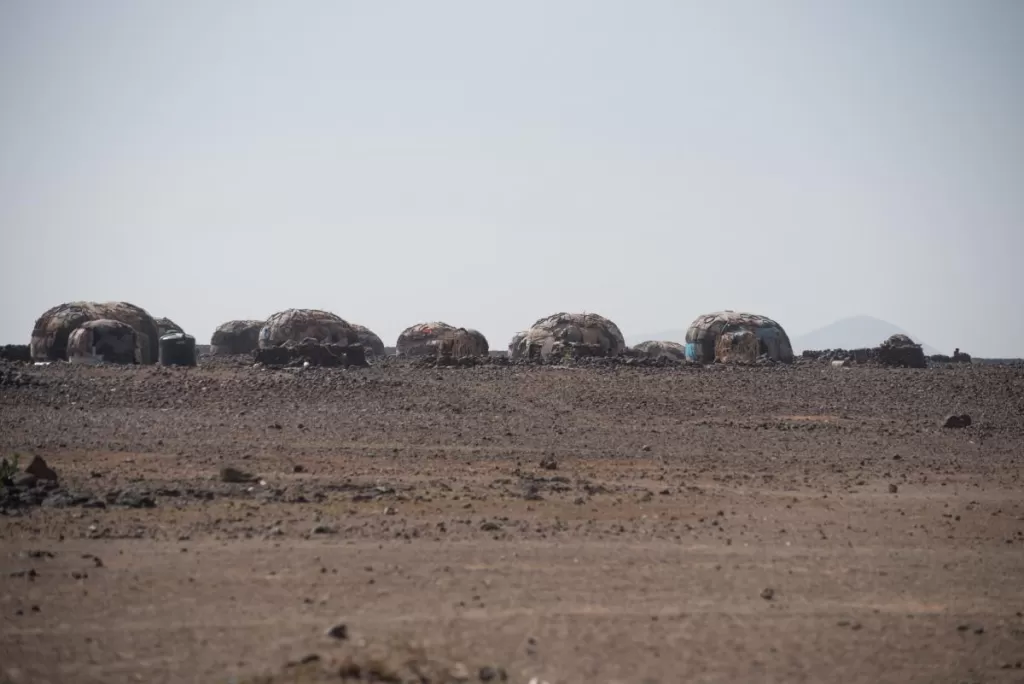
A village in Marsabit County, northern Kenya, in January 2018. Image: David Mutua/CAFOD.
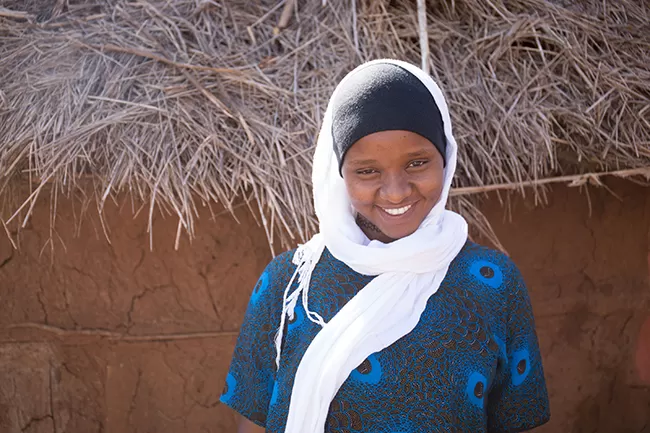
Lokho, 17, wants to go on to study computing after graduating school thanks to a Food for Fees scheme. Image: David Mutua/CAFOD.
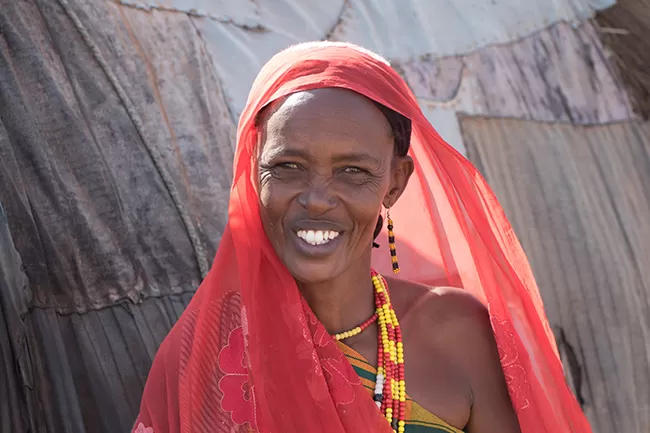
Dima was paid to help deepen a water pan and now plans to open a shop. Image: David Mutua/CAFOD.
